Passionate about preserving historical buildings in the context of community regeneration, the Purcell Partner weighs in on why we need to conserve Hong Kong’s notable buildings, and how we can make them relevant today.
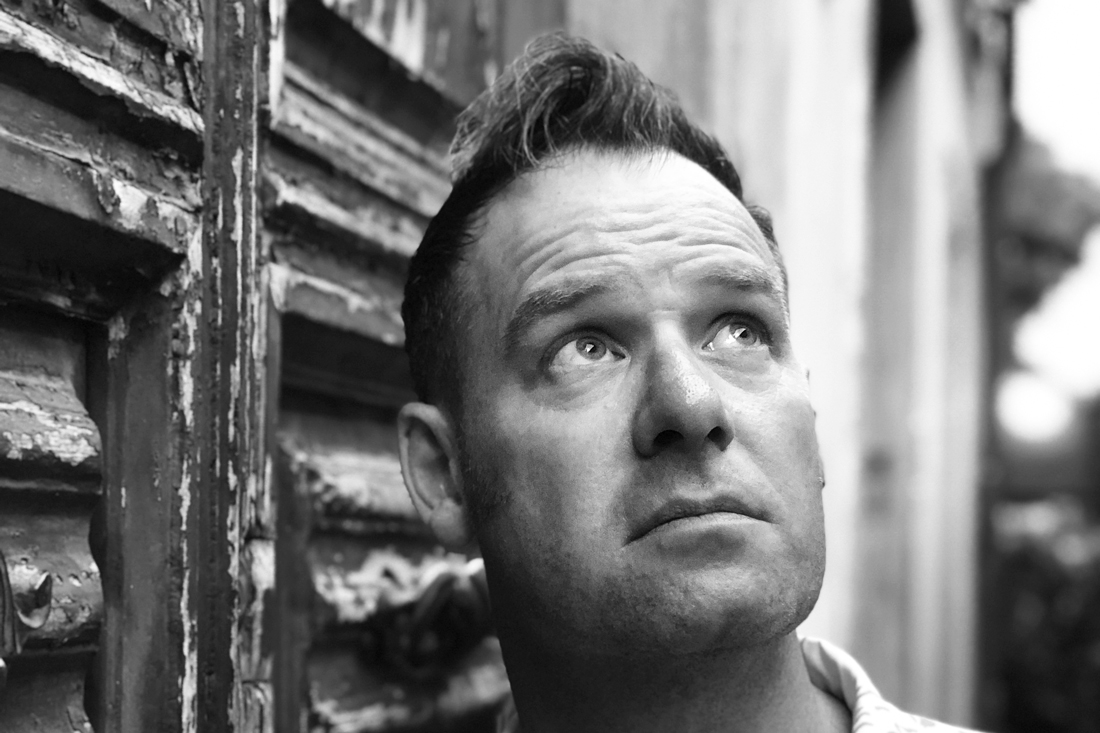
For David Hills, the built environment is part of our collective memory. “It forms and shapes us. Take this away and people feel lost – a sense of dislocation from a place, making regeneration more difficult because you are effectively starting from scratch,” says the Partner at Purcell, an architecture firm based in the UK and Hong Kong, with expertise in heritage and masterplanning.
Purcell worked on restoring Tai Kwun, the former Central Police Station Compound in Central, with Herzog & de Meuron. And in the UK, they’re involved in conserving and restoring Battersea Power Station. Other Hong Kong heritage conservation projects currently underway for Purcell include the Hong Kong Museum of Medical Sciences, the Main Building on the University of Hong Kong’s Main Campus, and the Former Central Government Offices West Wing. Purcell is also working with the Chinese Temples Committee.
“These are interesting due to their range of building types, from Cantonese temples to colonial architecture to modernist buildings,” says Hills, who frequently lectures and tutors on the preservation of twentieth-century buildings. He provides his take on conservation in a Hong Kong context.
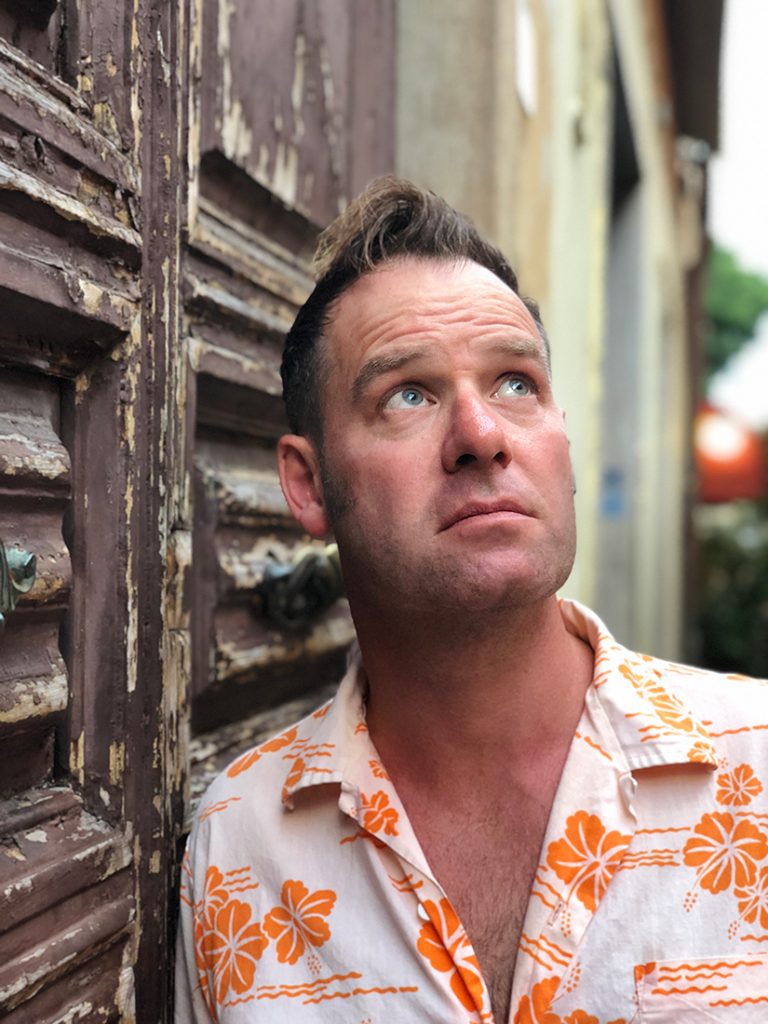
One thing I think Hong Kong could do better is to understand that preservation or conservation doesn’t have to be something heavyweight like a protected monument. It can just be the everyday things that reveal something about our forebears and consequently ourselves. The built environment is part of our collective memory; it forms and shapes us. Take this away and people feel lost – a sense of dislocation from a place, making regeneration more difficult because you are effectively starting from scratch.
People experience the built environment in countless different ways; it gives us familiarity with a place and makes us feel secure. A sense of communal value is a very powerful force, and to take something away that signifies it, like a building or a space, is a big move. I’d go as far as to say that without our past we are lost; we have no future.
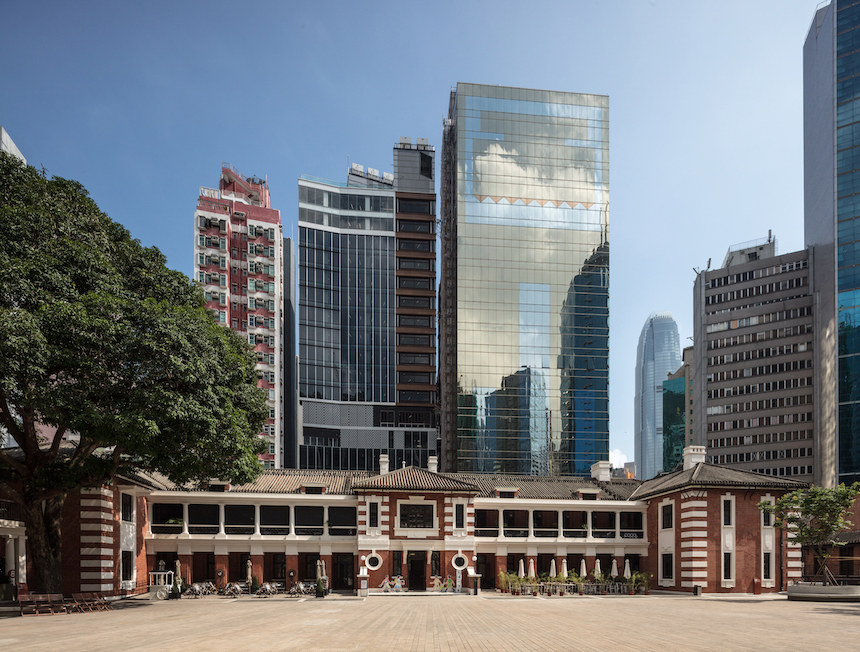
Tai Kwun– Centre for Heritage & Arts. Photo by Edmon Leong
An interesting example of this in the context of Tai Kwun is the former Visitor Block (F Hall) in the corner of the site adjacent to the prison yard. This is an unprepossessing mid-twentieth-century building and there were early on thoughts about demolishing it. However, what emerged as we researched the site and its surrounding areas was that as the one part of the site that the public could access and given the activity around it, such as the queue outside on visiting days, it was deeply embedded in the collective memory of the place. So the decision was made to keep it, and we’re glad we did as it’s now one of the most evocative and popular parts of the site.
They could help by looking at the legislation that surrounds heritage buildings and sites and easing some of the controls. In terms of planning this could be made less rigid in the way it works – less about ‘zones’ and more about diversity to create vibrant places. This would help to preserve existing buildings because they are vital to this, providing readily accessible spaces that embody collective memory and act as the backdrop to places where we all come together.
Regarding Building Control, many of Hong Kong’s rules and regulations are geared toward tall buildings built of modern materials like concrete; there’s very little opportunity to interpret rules as we do in the UK, allowing us to retain a high degree of original building fabric. The government could look at this and establish an infrastructure where there is more opportunity for dialogue, making preservation and conservation easier to achieve.
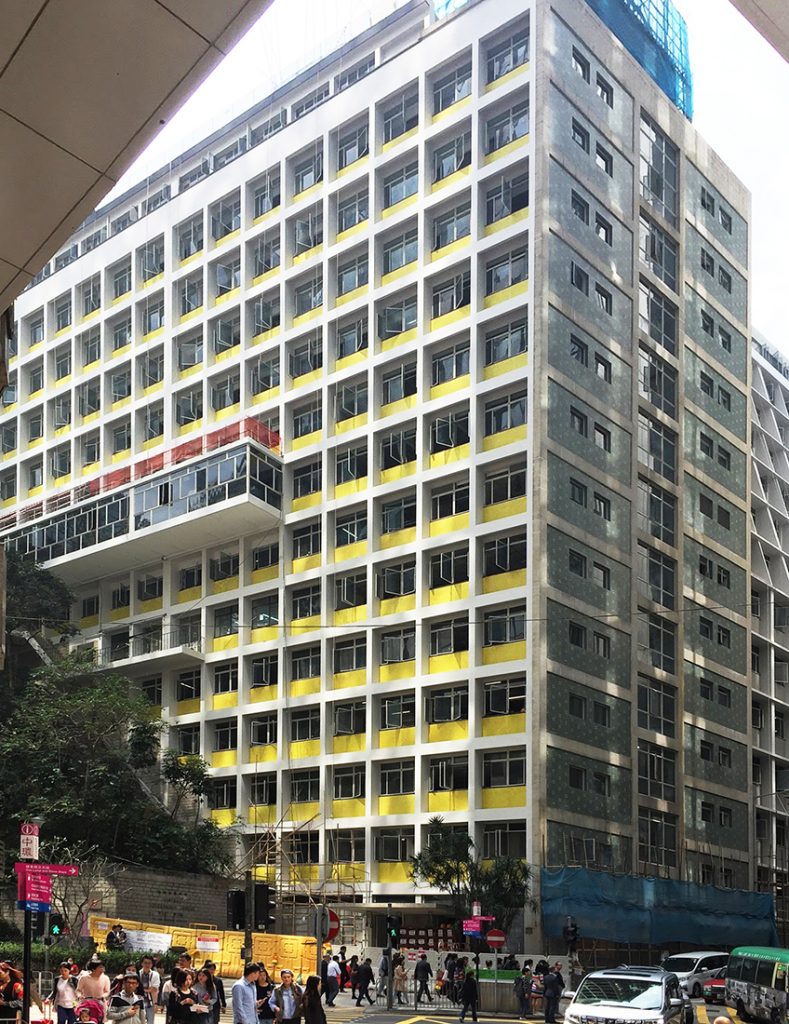
Central Government Offices
An important principle in the UK is that the historic environment is a shared resource and that everyone should be able to participate in sustaining it. The historic environment isn’t just for the wealthy, or intellectuals – the chosen few. I think Tai Kwun has done a lot to promote this in Hong Kong, opening up heritage to the people, as evidenced by the visitor numbers.
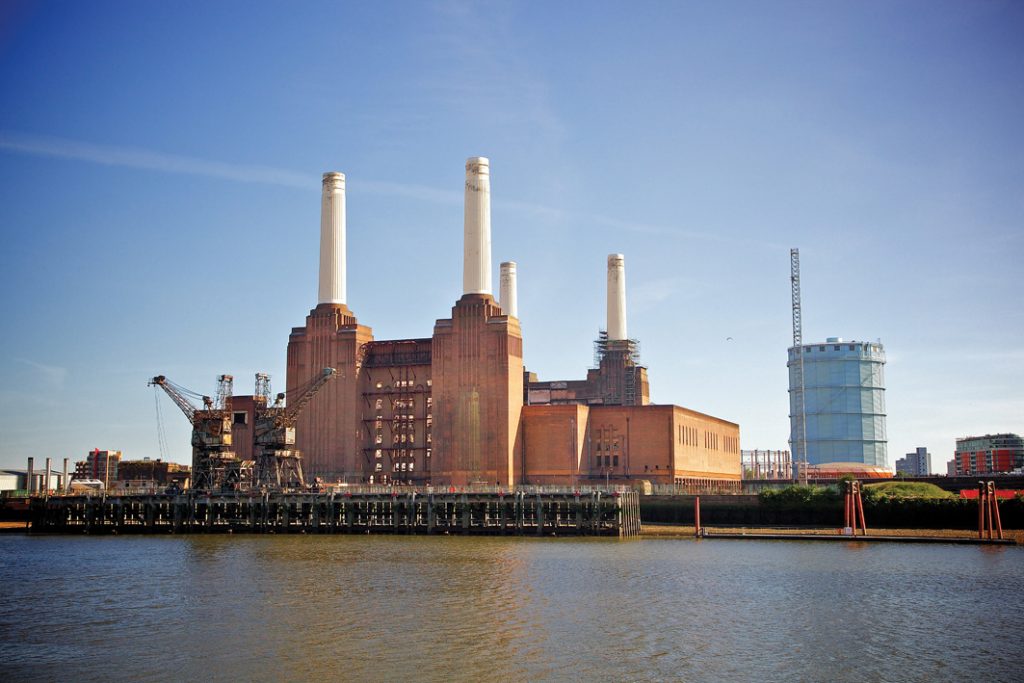
Battersea Power Station
By encouraging diversity, building in flexibility so that buildings and spaces can be what they want to be, and not being overly prescriptive with zoning and the like. The twenty-first century has brought with it an incredible revolution in the way we use our built environment so that the boundaries between uses are becoming increasingly blurred and in some instances non-existent, like those between culture, leisure and work spaces – shops have become art spaces, art spaces shops, and work spaces intermingled with leisure… our buildings and spaces need to respond to this and encourage it, not shoehorn it into neat packages that stifle creative thought and diversity.
Hong Kong has an amazing legacy of modern architecture that has yet to be discovered and recognised as ‘heritage’. In the UK, we’re well underway with this, with protection for buildings from the 1980s and even ’90s becoming commonplace, often bringing with it new uses and guidance on the management of change. It would be great to see a similar thing happening in Hong Kong – for example, Foster’s Hong Kong and Shanghai Bank building as a seminal piece of ’80s design. Some more diversity of use within that would be interesting, although it’s obviously great that it retains its utility and remains in its original use.
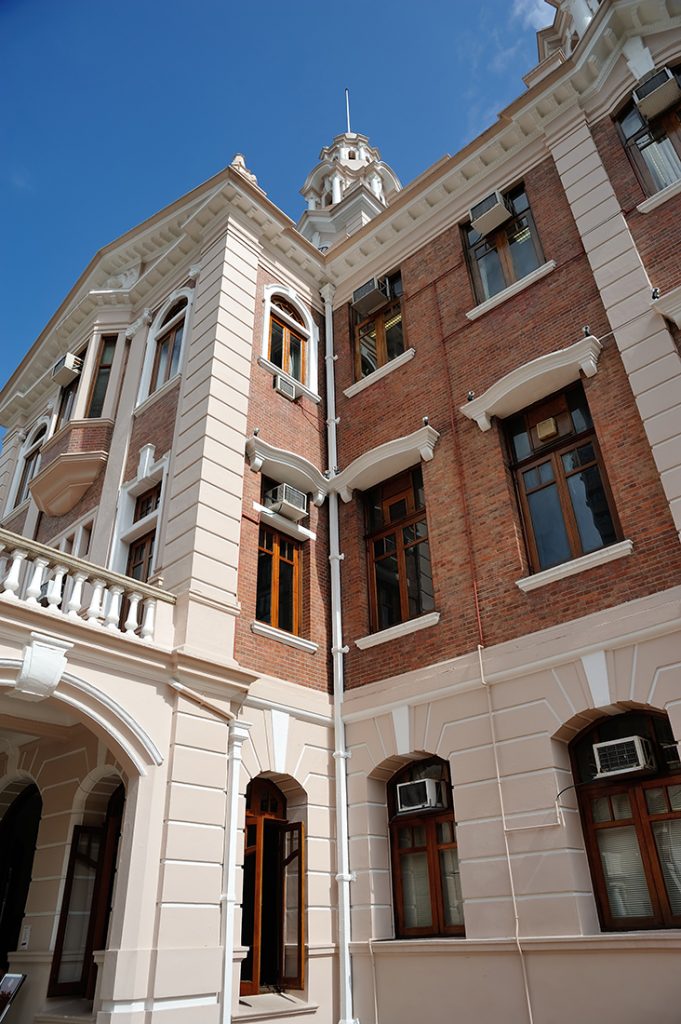
University of Hong Kong
A searchable and comprehensive guide for specifying leading products and their suppliers
Keep up to date with the latest and greatest from our industry BFF's!

Marylou Cafaro’s first trendjournal sparked a powerful, decades-long movement in joinery designs and finishes which eventually saw Australian design develop its independence and characteristic style. Now, polytec offers all-new insights into the future of Australian design.

In the pursuit of an uplifting synergy between the inner world and the surrounding environment, internationally acclaimed Interior Architect and Designer Lorena Gaxiola transform the vibration of the auspicious number ‘8’ into mesmerising artistry alongside the Feltex design team, brought to you by GH Commercial.

Channelling the enchanting ambience of the Caffè Greco in Rome, Budapest’s historic Gerbeaud, and Grossi Florentino in Melbourne, Ross Didier’s new collection evokes the designer’s affinity for café experience, while delivering refined seating for contemporary hospitality interiors.

Sub-Zero and Wolf’s prestigious Kitchen Design Contest (KDC) has celebrated the very best in kitchen innovation and aesthetics for three decades now. Recognising premier kitchen design professionals from around the globe, the KDC facilitates innovation, style and functionality that pushes boundaries.

Industry Lanes by Architectus is a new mixed-use precinct of interconnected office and retail space in character-rich corner of Richmond.

The revival of Sydney’s Paddington suburb continues as architecture firm Scott Carver unveils ambitious plans to transform the historic Verona cinema into a mixed-use cultural hub.
The internet never sleeps! Here's the stuff you might have missed

London-based Carmody Groarke and Paris-based TVK have been announced as winners of a milestone competition for the new Bibliothèque nationale de France conservation centre.

Landing in the city’s financial district for the first time, The Sebel Sydney Martin Place has had its modern interiors completed by Stack Studio.

Overcoming pandemic hurdles to redefine guest experiences amidst Sydney’s bustling entertainment precinct, The Darling has undergone a two-year restoration that melds Art Deco interiors with the necessities of hotel living.